
The 15 artistic trends that a designer should know
When you dedicate yourself to the world of design and creativity in general, you should know that inspiration can come from anywhere, especially from artistic currents. Therefore, these are fifteen artistic currents that you should know if you work in this sector.
The 15 artistic trends that a designer should know
When you dedicate yourself to the world of design and creativity in general, you should know that inspiration can come from anywhere, especially from artistic currents. Therefore, these are fifteen artistic currents that you should know if you work in this sector.
artistic currents
Like the 15 names every designer should know, there are certain art and design movements that creatives should be familiar with. Whether these artistic currents are 30 or 150 years old, the impact of many of them continues to have influence today, even unconsciously. Let's see a fairly representative list of them.
1. impressionism / post-impressionism
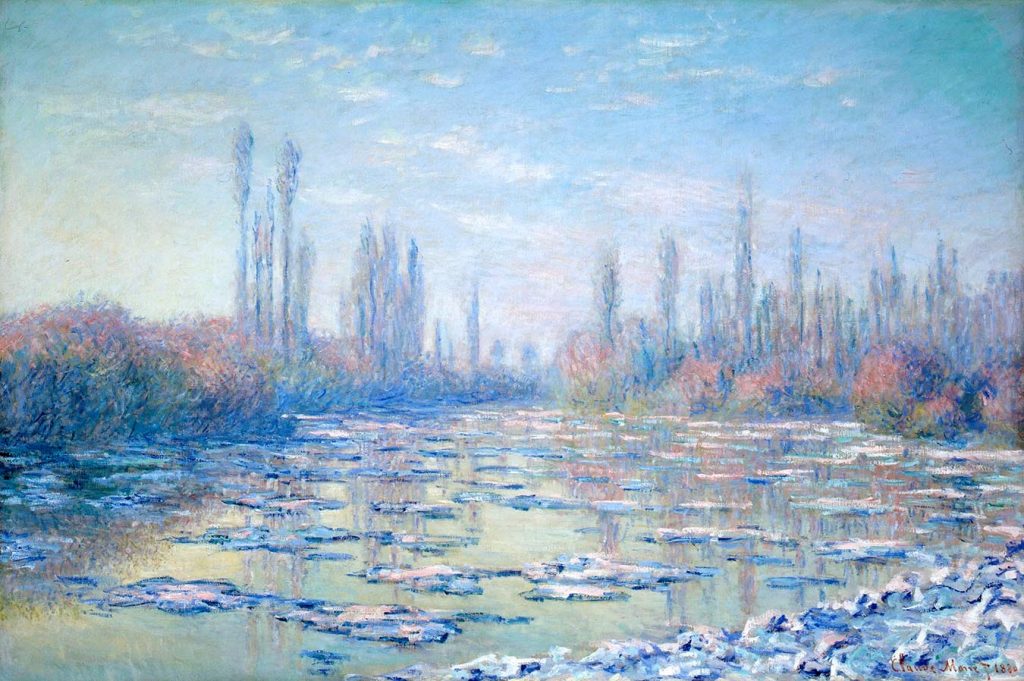
Claude Monet | The Ice Floes (Les Glaçons)
Developed primarily in France in the late 19th century, Impressionism was an artistic movement in which a small group of painters eschewed traditional emphasis on historical or mythological themes and began to paint elements of reality, particularly the transitory nature of light. , color and texture.
2. arts and crafts

William Morris | Tulip and Wilow Textile
Reacting to the increase in mass production and the corresponding decline in craftsmanship during the Industrial Revolution, there was a resurgence of interest in the decorative arts throughout Europe during the second half of the 19th century, known as the Arts and Crafts movement.
3. art nouveau
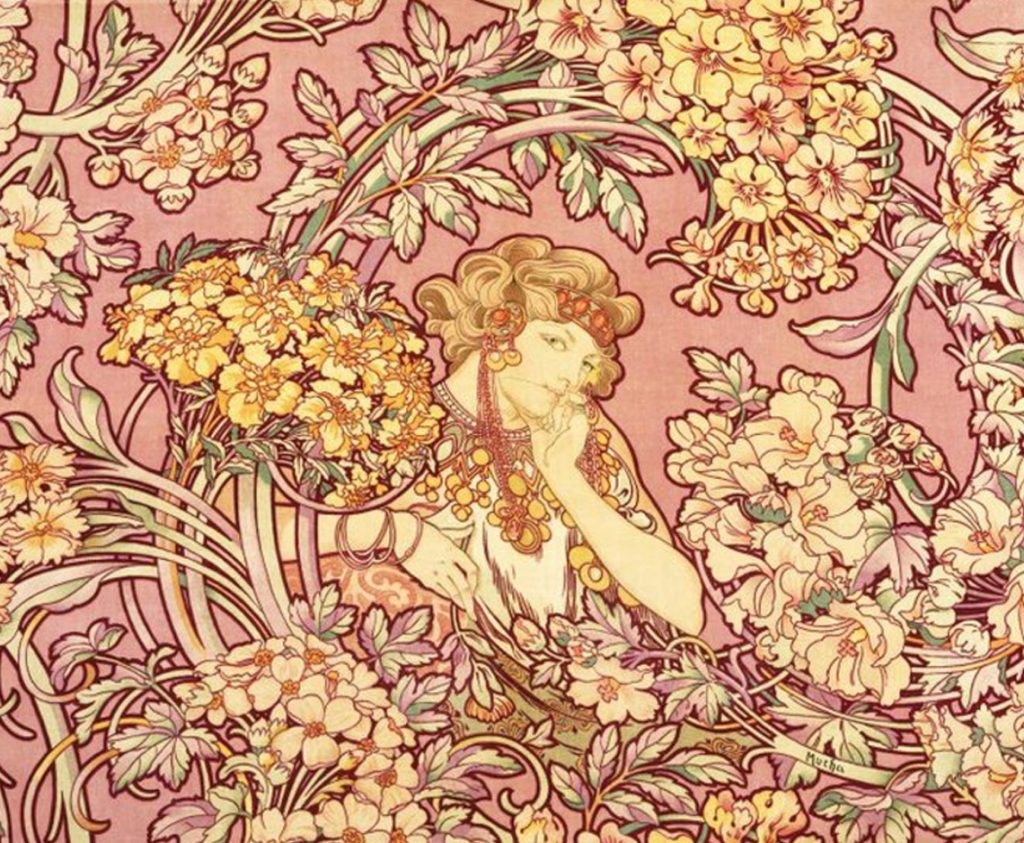
Alphonse Mucha | Sarah Bernhardt
After the Arts and Crafts movement, Art Nouveau was a mainly ornamental movement that developed in Europe and the United States. A distinctive characteristic of this trend is the use of asymmetric and organic lines, instead of solid and uniform shapes, applied in architecture, interiors and jewelry, as well as in posters and illustrations.
4. Cubism
Pablo Picasso | Guernica
Unlike the expressive attempts to capture natural conditions of Impressionism and Post-Impressionism, Cubism dealt with flat, two-dimensional and distorted objects, sacrificing precise perspective in favor of surreal fragmentation, with the aim of representing the object from different perspectives.
5. futurism

Tullio Crali | The Strength of the Curve
Founded in Italy in the early 20th century, Futurism sought to capture the rhythm, vitality and speed of modern life, in highly expressive works of art that ultimately glorified war, fascism and the machine age. The aesthetic style would later spread throughout Europe, and especially in Russia.
6. constructivism

Alexander Rodchenko | Trade Union is a Defender of Female Labor
Influenced by both Cubism and Futurism, Constructivism was an artistic and architectural movement started in 1920, by the Soviet painter and architect Vladimir Tatlin, co-author of the so-called “Realistic Manifesto”, together with the sculptors Antoine Pevsner and Naum Gabo.
7. bauhaus
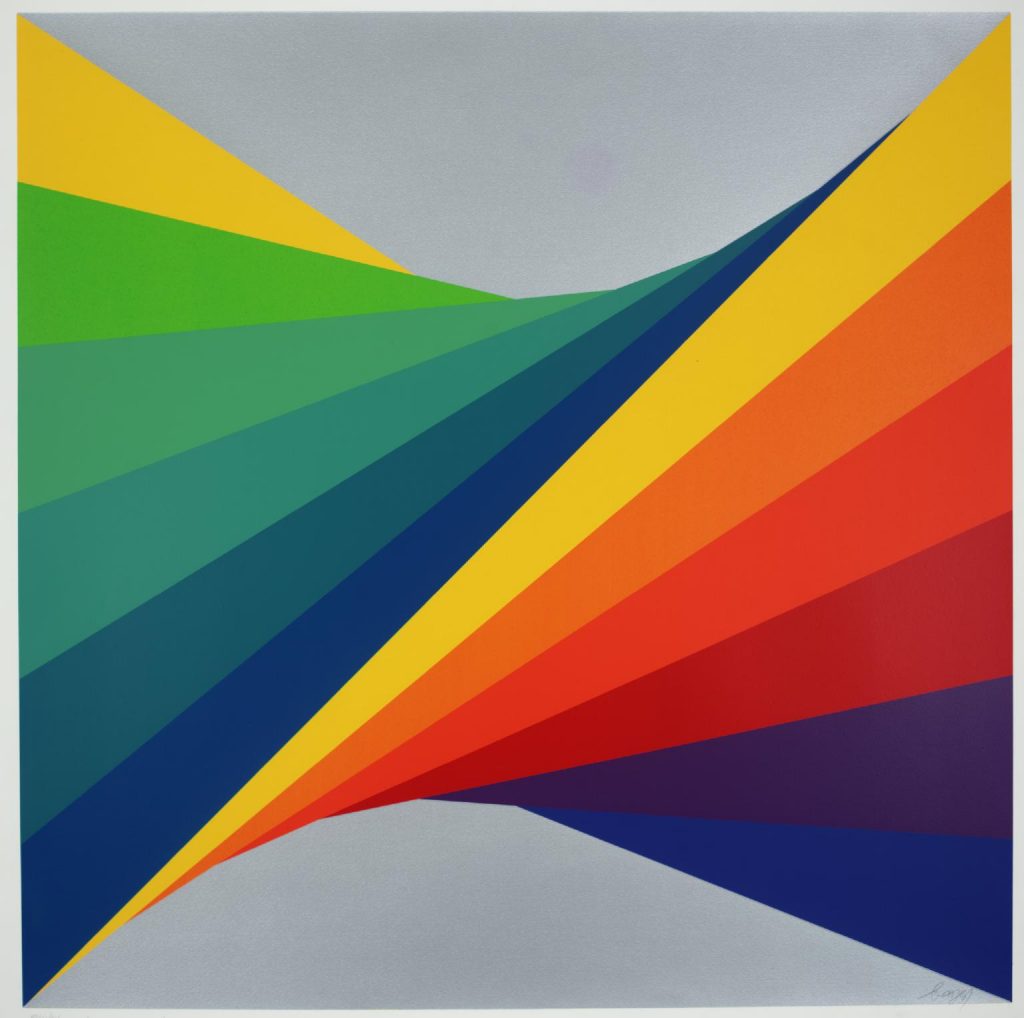
Herbert Bayer | Chromatic Twist
Founded by architect Walter Gropius, the enormously influential Bauhaus school of design, architecture and applied arts existed in Germany from 1919 to 1933, when it was closed by the Nazi regime.
8. art deco
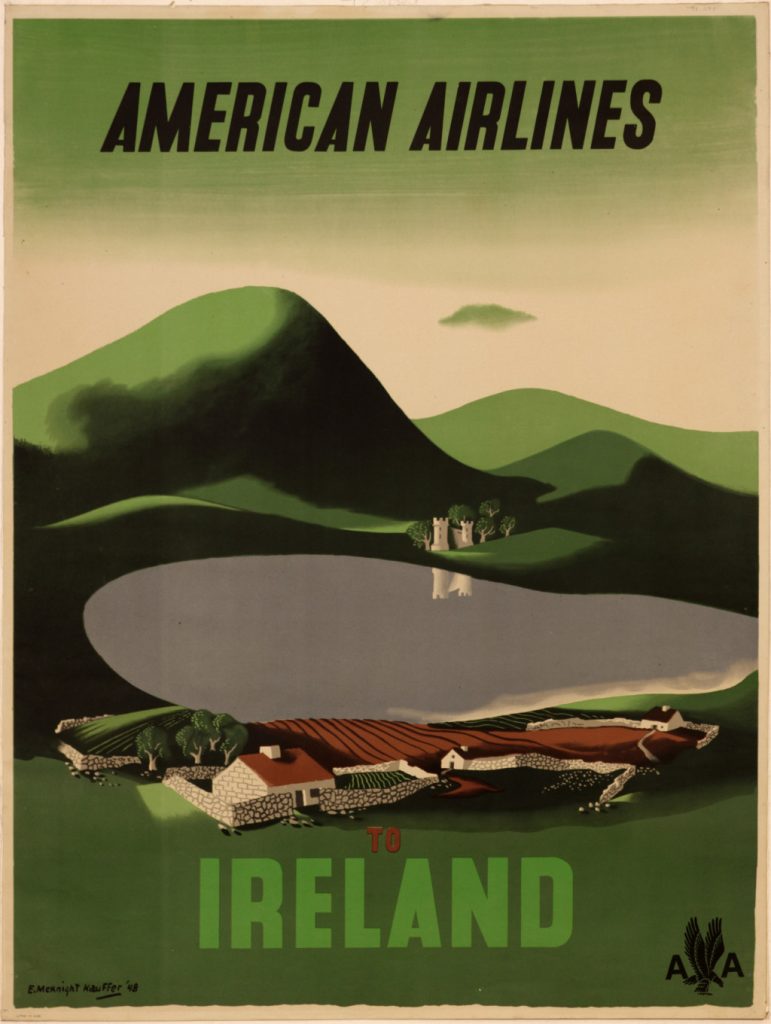
Edward McKnight Kauffer | American Airlines Travel Poster, Ireland
It was an important international movement in Western Europe and the US. Art Deco takes many references from Art Nouveau, as well as elements from Bauhaus and Cubism. It originated in Paris, where the 1925 International Exhibition of Decorative Arts and Modern Industries gave it its name.
9. surrealism
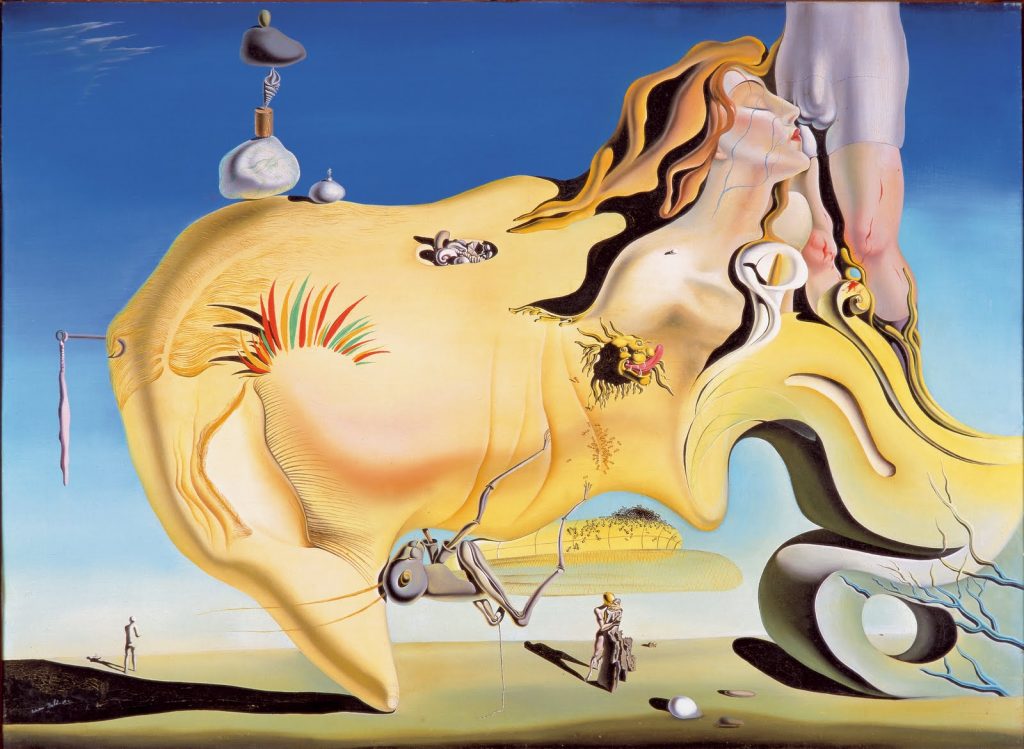
Salvador Dali | The Great Masturbator
Like Art Deco, Surrealism flourished in what is known as the interwar period. It emerged from the Dada 'anti art' movement at the beginning of the 20th century, but instead of satire, absurdity, a negative reaction to the horror and futility of war, which were the most characteristic themes of Dadaism, Surrealism brought an expression much more positive creative.
10. abstract expressionism
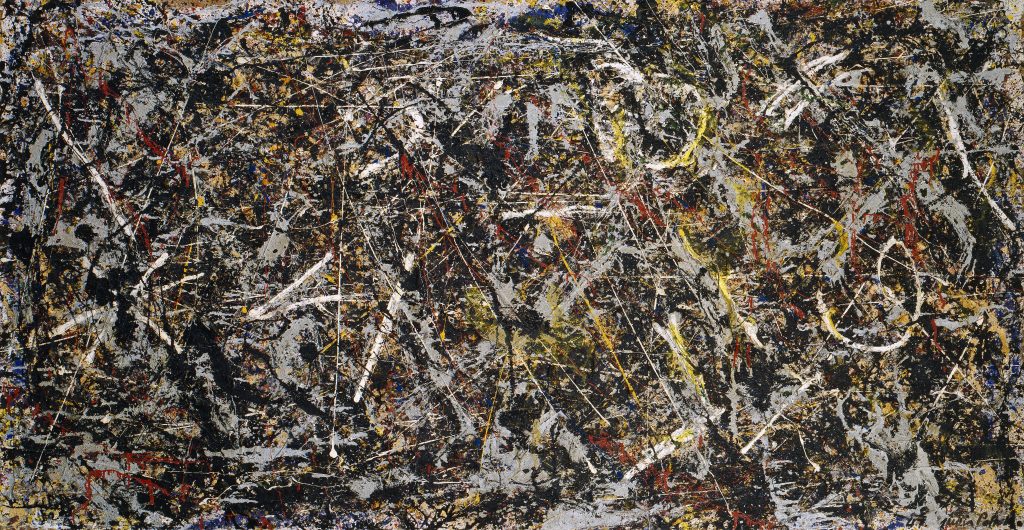
Jackson Pollock | Alchemy
Beginning in the 1940s, the Abstract Expressionism movement fueled the development of modern art as we would know it over the following decade. New York was the epicenter and prominent artists such as Jackson Pollock, Willem de Kooning, Franz Kline and Mark Rothko led this movement.
11. international typographic style
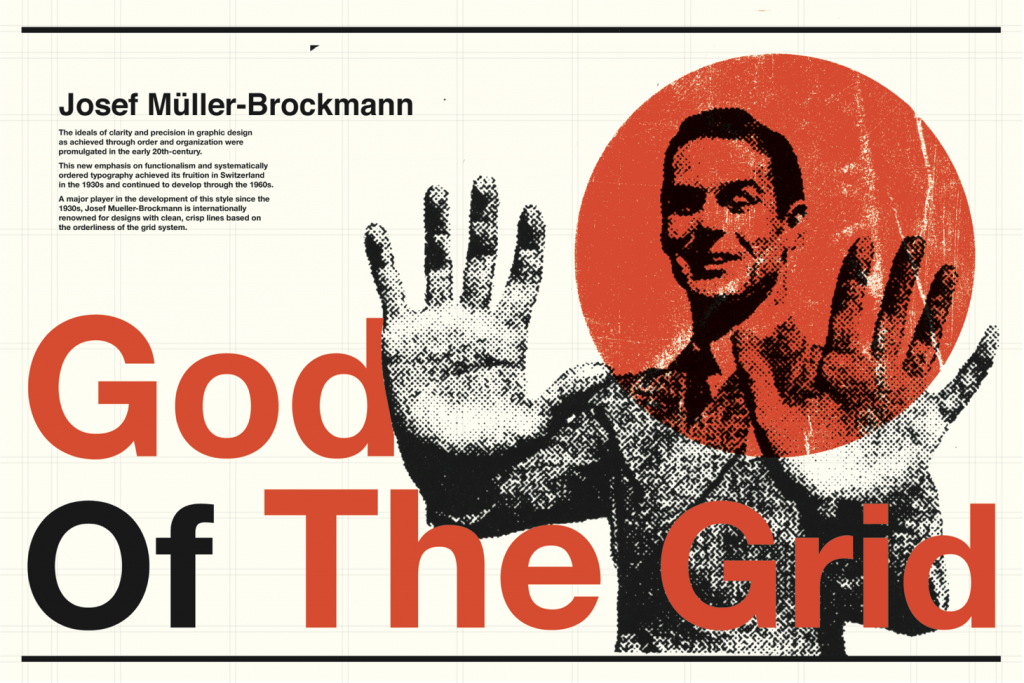
Josef Müller-Brockmann
After World War II, graphic designers in Switzerland and Germany developed a cohesive and unified modernist movement that became known as Swiss Design, or as the International Typographic Style. Based on the rational approach of the Bauhaus, this movement, still accepted by many graphic designers, is based on functionality and universality.
12. pop art

Andy Warhol | Michael Jackson
It was primarily a British and American cultural phenomenon that gained popularity in the late 1950s and 1960s. Pop Art was named by art critic Lawrence Alloway for the way it praised popular culture and elevated common objects, often unremarkable, to iconic status, such as soup cans, road signs and/or hamburgers.
13. minimalism

Frank Stella | Quathlamba I
It is a movement characterized by the extreme simplicity of form and a very literal and objective approach. Minimalism originated in New York in the late 1960s, driven by dissatisfaction with the messy, spontaneous subjectivity of Abstract Expressionism.
14. postmodernism
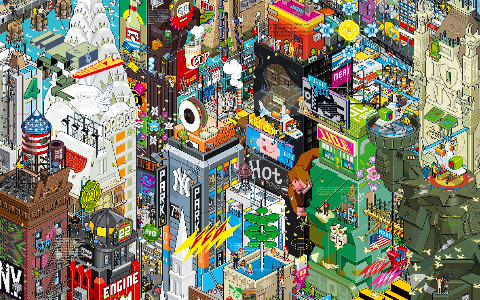
April Greiman | spotlight
Postmodernism was a reaction against the attitude of Modernism. Instead of idealism and reason, skeptical currents of thought gained strength, which were suspicious of the principles that society had assumed and denied the possibility of establishing universal truths that could describe the world around them. Postmodern artists defended individual experience and interpretation, against the apparent clarity of abstract principles. As a result, they generated multidimensional and often contradictory thinking.
15. memphis
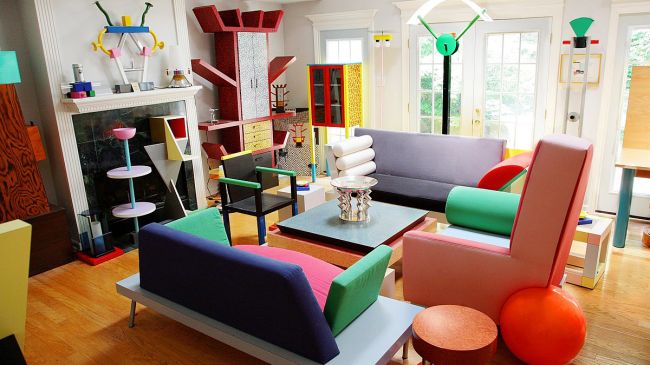
Memphis Group
Drawing on many of the tenets of Postmodernism, Memphis's design aesthetic challenged the neutral, spare, and functional modernism that preceded it. With its roots in furniture design, the Memphis Group collective was founded by Italian designer Ettore Sottsass in the 1980s, but was only successful for six years.

- December 15, 2025
Directory of Illustration | Volume 37 | 2020

- December 15, 2025
Visual Art in Paraguay: Tradition, Memory, and Contemporaneity

- December 15, 2025
From Chile to Gaza: «Palestine Cries,»

- December 15, 2025
Latin American Artists MACLA and Montalvo Join Forces for Exhibition

- December 15, 2025
The Houston Museum That Doubled in Size and Became a World Reference

- December 15, 2025
Selfietrump


- December 15, 2025
Tullius Heuer - Brazil

- December 14, 2025
Brazilian Artist's Exhibitions at the Vatican

- December 15, 2025
Visual Art in Paraguay: Tradition, Memo…

- December 14, 2025
Visual Art in Chile: Memory, Critique, …

- December 14, 2025
Visual Art in Bolivia: Ancestry, Resist…

- December 13, 2025
Visual Art in Peru: Ancestral Tradition…

- December 13, 2025
Visual Art in Argentina: Identity, Memo…

- December 11, 2025
The Visual Arts in Mexico: Between Myth…

- December 11, 2025
Visual Arts in Argentina: A River of Id…

- December 10, 2025
The Power of Graffiti in Mexico: Identi…

- December 10, 2025
Pioneering Women of Latin American Art:…

- December 09, 2025
Mexican Muralism and Its Continental Im…

- December 08, 2025
Indigenous and Afro-descendant Art in t…

- December 08, 2025
Current Trends in Latin American Art at…

- December 07, 2025
The Role of Conceptual Art in Brazil, C…

- December 06, 2025
New Media: Video Art and Digital Art in…

- December 04, 2025
NFTs and Emerging Latin American Artists

- December 03, 2025
Reinterpreting the Work of Fernando Bot…

- December 03, 2025
Alejandro Obregón and the Consolidation…

- December 02, 2025
Hélio Oiticica and the Legacy of Brazil…

- December 02, 2025
The Relevance of Tarsila do Amaral in B…

- December 01, 2025
How Art Auctions Work in Latin America

- August 29, 2023
The history of Bolivian art

- February 19, 2024
Analysis and meaning of Van Gogh's Star…

- January 28, 2024
Culture and Art in Argentina

- September 25, 2023
What is the importance of art in human …

- September 23, 2023
What is paint?

- August 23, 2023
The 11 types of art and their meanings

- August 10, 2023
14 questions and answers about the art …

- September 23, 2023
Painting characteristics

- August 30, 2023
First artistic manifestations

- January 12, 2024
10 most beautiful statues and sculpture…

- September 23, 2023
History of painting

- March 26, 2024
The importance of technology in art1

- July 13, 2024
The impact of artificial intelligence o…

- March 26, 2024
Cultural identity and its impact on art…

- April 02, 2024
History visual arts in Brazil

- August 16, 2023
The 15 greatest painters in art history

- April 06, 2024
History of visual arts in Ecuador

- October 18, 2023
History of sculpture

- November 21, 2024
The Role of Visual Arts in Society

- April 07, 2024
Graffiti in Latin American culture

- February 19, 2024
Analysis and meaning of Van Gogh's Star…

- August 13, 2023
9 Latino painters and their great contr…

- August 23, 2023
The 11 types of art and their meanings

- August 10, 2023
14 questions and answers about the art …

- August 27, 2023
15 main works of Van Gogh

- August 29, 2023
The history of Bolivian art

- January 28, 2024
Culture and Art in Argentina

- November 06, 2023
5 Latin American artists and their works

- September 23, 2023
Painting characteristics

- September 23, 2023
What is paint?

- September 25, 2023
What is the importance of art in human …

- March 26, 2024
Cultural identity and its impact on art…

- August 30, 2023
First artistic manifestations

- December 18, 2023
10 iconic works by Oscar Niemeyer, geni…

- January 20, 2024
What is the relationship between art an…

- January 12, 2024
10 most beautiful statues and sculpture…

- August 24, 2023
The most famous image of Ernesto "Che" …

- October 30, 2023
Characteristics of Contemporary Art

- May 26, 2024
Técnicas de artes visuais

- August 22, 2023


